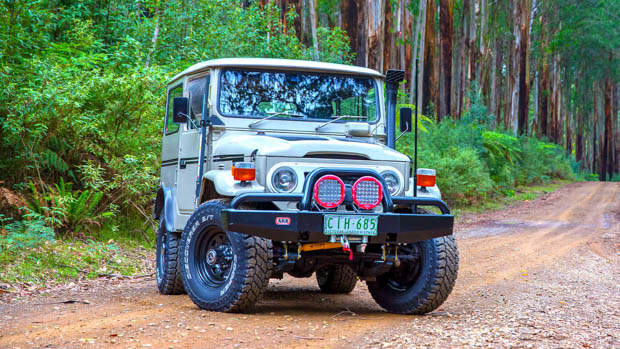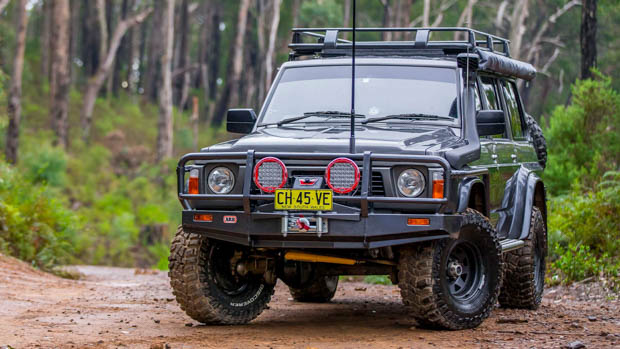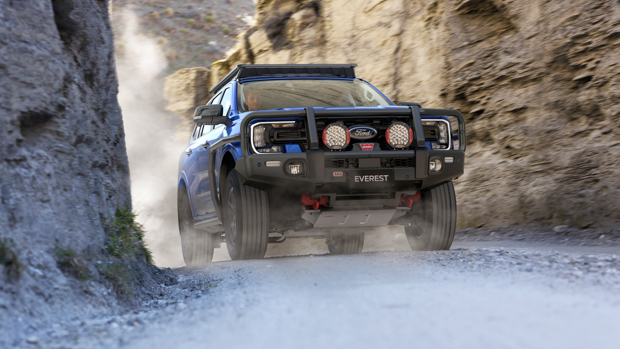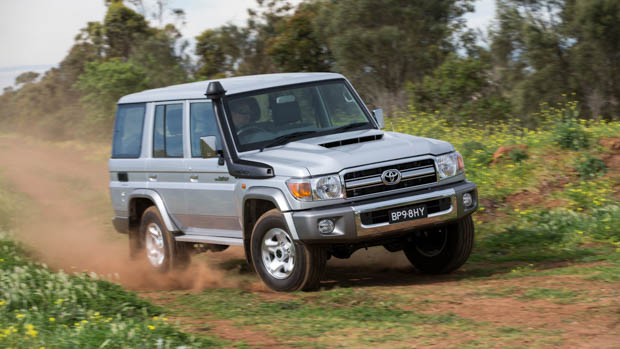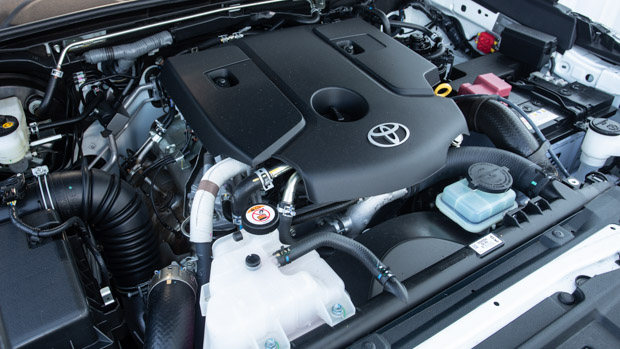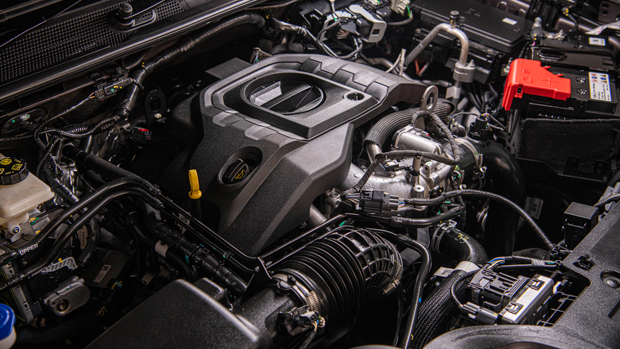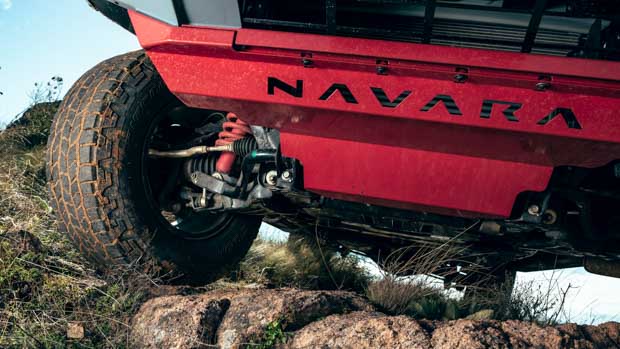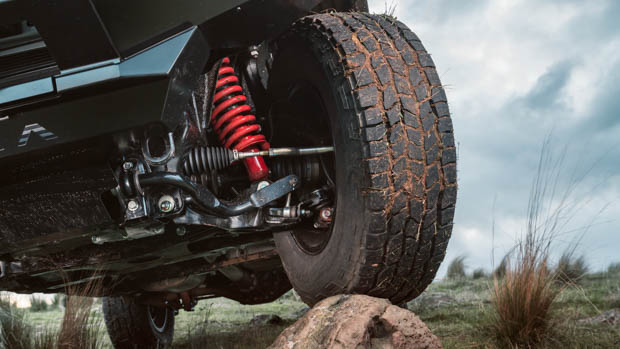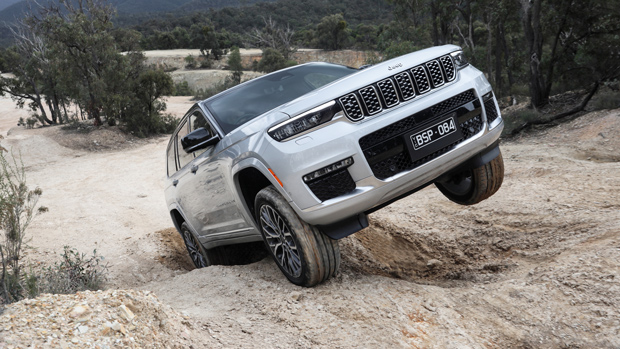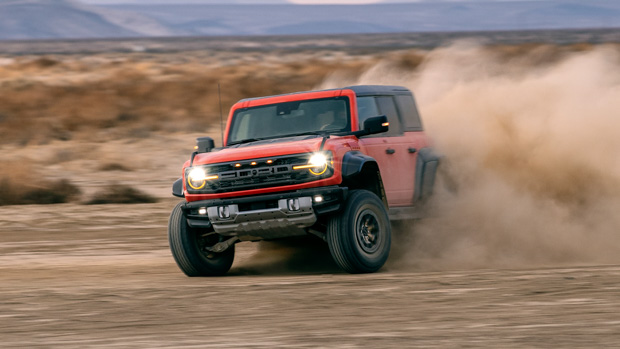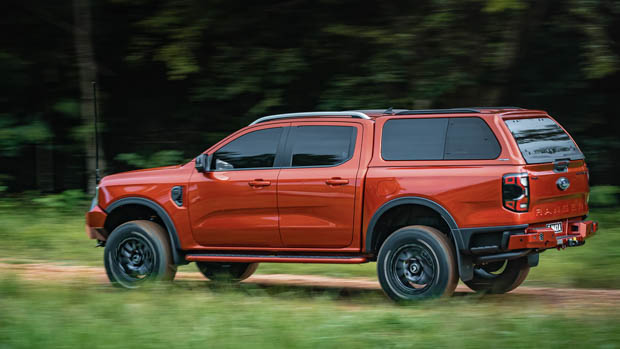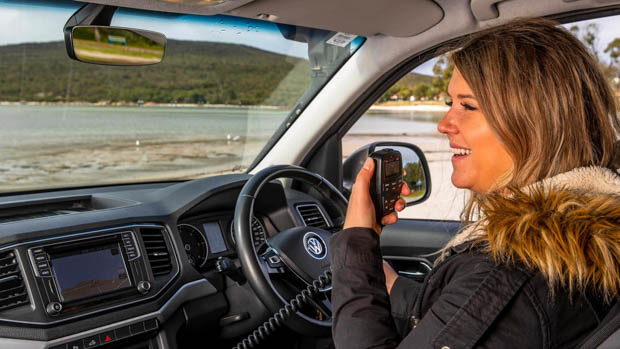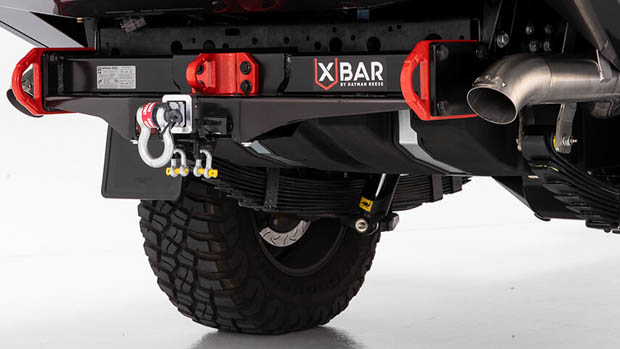-
Car Reviews
- All reviews
- Midsize SUVs
- Small cars
- Utes
- Small SUVs
- Large SUVs
- Large cars
- Sports SUVs
- Sports cars
- Vans
Latest reviews
- Car News
-
Car Comparisons
Latest comparisons
- Chasing Deals
Four-wheel driving is one of the most popular hobbies for a lot of Australians, but where do you start when it comes to 4×4 accessories?
For many Australians, buying a four-wheel drive is a big deal. But modifying it and making it just how they like it is the next biggest thing for a lot of local off-roaders.
The four-wheel-drive accessories list is almost endless, with thousands of parts and equipment available to fit onto a range of four-wheel-drive vehicles, from Toyota Land Cruisers to the little Suzuki Jimny.
There is a tonne of local Australian brands that provide accessories and modifications for many four-wheel drives – old or new – such as TJM, ARB, Rhino Rack, GME, Redarc, Maxtrax, EFS, Ironman 4×4 and Opposite Lock – just to name a few.
Let’s dive into what we think are the right tools to fit to your four-wheel drive if you plan on going off-road.
Whether it be for long-distance dirt touring or challenging trails, there are some accessories definitely worth fitting.
Bull bars
Bull bars are a crucial part of a modern or classic four-wheel drive and add an extra safety net to your vehicle. Animal strikes are commonplace on Australian roads, so it is best to be as protected as possible for the front, side or rear of your four-wheel drive.
The bull bar is designed to protect easily exposed vehicle components such as lights and radiators and is an insurance to keep your car going even after striking a kangaroo or a cow, for example.
Many companies offer specialised bull bars here in Australia, such as ARB, Ironman or TJM, but they can vary widely in look, design and protection.
Bull bars can range from small nudge bars right up to heavy-duty items with integrated lights and even winches if you have the money for it.
If you live out in the country and well and truly out of the suburbs, a bull bar is a must-have item.
Snorkels
If you’re going to tour Australia or just go away for the weekend to some challenging tracks, there is a very good chance that you will come across a creek or river crossing on your journey. To make sure your crossing is as safe as possible, we recommend purchasing a snorkel for your 4×4’s air intake system.
The main aim of a snorkel is to ensure an engine can breathe properly even when partially or fully submerged in water. The inlet is often positioned as high on the vehicle as possible so that the engine sucks in clean air and keeps water out of the engine’s air intake.
Failure to fit a snorkel can result in the engine becoming hydrolocked – which basically means that the engine fills with water. Not good!
Brands such as ARB endorse the Safari brand of snorkels which are popular in Australia. There are many models which are designed for a variety of different four-wheel drives, from the newest Toyota Hilux to the popular outgoing 3.2-litre Ford Ranger dual-cab ute.
Engine tuning
Most new four-wheel drives offer plenty of performance to get the job done, however there is a large market in Australia for aftermarket engine tuning.
This can be done either by simply plugging in a ‘chip tune’ or by completely flashing the manufacturer’s ‘stock’ tune via a computer.
Depending on the engine and vehicle, there can be modest to significant gains made in both engine output and fuel economy by tuning your four-wheel drive to make it perform better off the beaten track.
Usually a tune will accompany work done to the vehicle’s exhaust system to make sure it is as free-flowing as possible.
Do take note that this could likely void your vehicle’s new car warranty. For older vehicles, this would obviously not be an issue.
Underbody protection
One of the most crucial parts of a four-wheel drive is underbody protection, yet it is often overlooked by a lot of people.
If you want to bash your vehicle up some difficult trails or tracks, the last thing you will want happening is a rock going straight through your engine’s sump.
So adding thickened steel to the bottom of your vehicle to protect not just the engine but also the transmission and transfer case is key to making sure you are well protected on the tracks.
Some examples of body protection include rock sliders to protect body panels, sump guards, diff covers and entire underbody guards to ensure running gear is well protected. 3mm thick steel is commonly used across brands.
Suspension
Suspension is a tricky one to break down in just a few paragraphs, however the common setups a lot of Australian four-wheel drivers use is a 2.0-inch lift (which is the legal height for most states Down Under) but your suspension set-up all depends on what sort of driving you do.
Are you driving long distances with a caravan? Are you wanting more articulation for off-road adventures? Or are you keen to just go for a drive up the beach to go camping every now and then?
Many of the biggest four-wheel drive modification and accessory businesses offer suspension upgrades and options for your 4×4 at a wide range of price points.
But make sure your four-wheel drive is of the legal ride height. For NSW, for example, a ride height of 50mm (roughly 2.0-inches) is legal without having certification.
Winches
A winch is not necessarily the be-all-end-all for four-wheel drivers, but it can certainly help if you are doing solo trips without the help of another vehicle.
Many new bull bars can accommodate a winch which makes it easier to install.
Entry-level winches are usually rated up to 4300kg, however you can get much more heavy-duty versions that can handle up to 5400kg of load.
Many major accessory manufacturers such as ARB, TJM, Kings and Iron Man 4×4 will have winches available at a variety of price points.
Recovery gear
Recovery gear is key for any four-wheel driver. Failing to bring recovery equipment on a drive can end in disaster.
It’s a very good idea to pack a pair of Maxtrax recovery boards, along with a snatch strap and a recovery weight in case the snatch strap breaks under heavy load. It does happen and can be very dangerous, so always take care when trying to recover a stuck vehicle.
Canopies
Canopies are a highly customisable part of a four-wheel drive with so many options available on the Australian market.
Canopies are able to be fitted to almost all Australian-delivered utes such as the Toyota 79 Series Land Cruiser, the Toyota Hilux, the Volkswagen Amarok and the Ford Ranger as some examples.
These are versatile, yet costly items for a four-wheel drive, but can be tailored to the precise needs of an owner. Whether you might want a touring-style setup or something for a weekend away, there will be options out there for you.
You can add features such as fridges, mini microwaves, water tanks, cook tops, hot water systems, additional batteries and storage compartments. If you use your ute during the week for work, having tool boxes on board will make your life easier.
Brands including Dunn & Watson, Razorback Canopies, Norweld and Metalink build some of the most popular styles of canopies here in Australia.
OEMs also offer canopies straight off the showroom floor, but they won’t be anywhere near as capable as the custom units you can buy from the above companies.
UHF radios
Communication is key, especially when out bush. Radio communication can work a lot better than mobile phones when in remote locations and is extremely helpful when travelling in large groups.
Both handheld and wired radios are available on the market, with heaps of options to choose from.
Most UHF kits will include a large aerial which are usually mounted on a spot on the front bull bar. This allows your chain of communication to reach far and wide – super helpful when you are in the middle of nowhere.
Tow bars and tow packs
Tow bars are obviously crucial if you’re wanting to pull a trailer, boat or even caravan or camper. Most manufacturers will offer a tow pack as an option on top of the purchase of a new SUV or ute, however this won’t be so if you buy a car second-hand.
Brands such as TJM and ARB offer a range of different tow bars, some of which are integrated with a protective bar around the outside rear of the vehicle.
Wheel carriers, brake controllers and rear bars are all available to purchase from a variety of companies.
Latest news
About Chasing cars
Chasing Cars reviews are 100% independent.
Because we are powered by Budget Direct Insurance, we don’t receive advertising or sales revenue from car manufacturers.
We’re truly independent – giving you Australia’s best car reviews.
